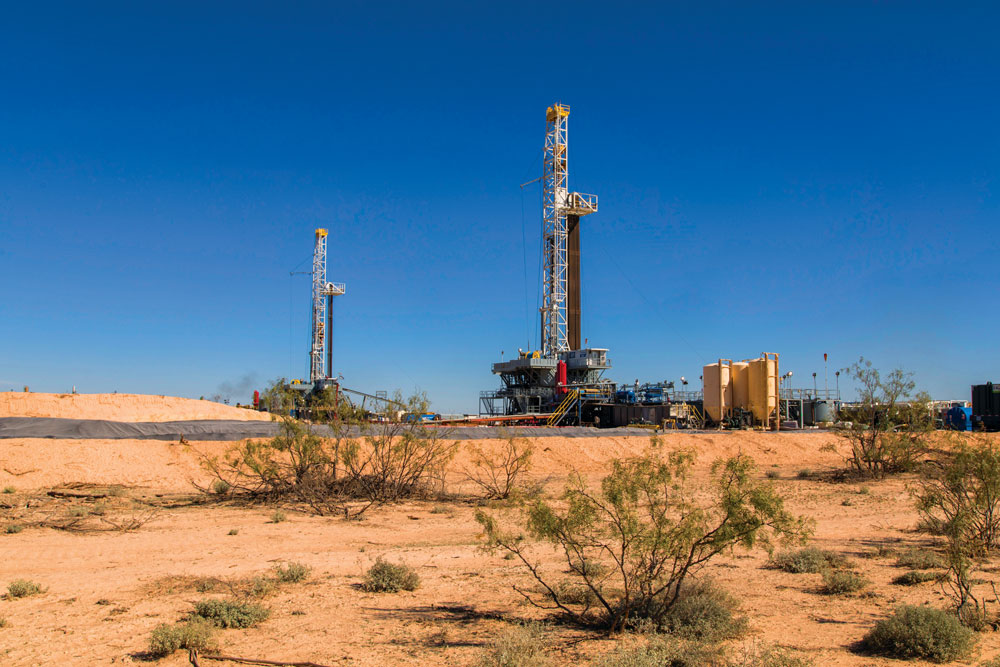Permian Staying Power
The Permian Basin could deliver much more oil and gas in the future.
By Leslie Haines, Hart Energy

Was Yogi Berra born in Midland? After all, the baseball legend famously said, “It’s tough to make predictions, especially about the future.”
Pundits have weighed in on the future of the Permian Basin for 100 years, and they usually have been wrong, underestimating its potential. In a basin 250 miles wide by 300 miles long, with several hundred companies drilling its numerous stacked pays, anything can happen.
By year-end 2019, Permian output was approaching 4.4 million barrels a day (MMbbl/d), and the Texas Railroad Commission reported that about 400 companies were active as operators of record.
The debate today revolves around how long the torrid pace of production growth can continue. Several E&P companies have announced extraordinary growth plans to reach 1 MMbbl/d of output from their Permian holdings, but most others are stepping on the brakes to match their outlays with cash flows and improve return on capital.
Pioneer Natural Resources Co. president and CEO Scott Sheffield, who once declared the company would reach that goal of 1 million barrels daily, recently has changed his message to investors and the media. Pioneer, and the industry, must now adopt what he called a “more measured” pace, he told Hart Energy’s Executive Oil conference in November. “I don’t think OPEC has to worry that much more about U.S. shale growth long term,” Sheffield told media outlets. “The Permian is going to slow down significantly over the next several years.”
Still, if West Texas Intermediate is at least $50/bbl, Pioneer has about 25 years of inventory ahead of it.
Based on the significant locations that companies have identified, and the very good rock quality, growth can continue, but it won’t maintain the fast pace seen in the past two or three years. Several groups have estimated different, yet slower, levels of future growth. In the past, U.S. production grew by almost 2 MMbbl/d, an all-time global high, but today, all agree that we are entering a period of moderation and caution. An IHS Markit study in November predicted U.S. shale oil growth would slow in 2020 to only 440,000 bbl/d and plateau in 2021, with some modest growth thereafter.
Drillers are cutting back their spending, unless oil prices rise significantly. Then too, in many shale plays it appears that tech improvements have reached the point of diminishing returns. That will happen in the Permian. Meanwhile, total U.S. production was approaching 13 MMbbl/d at yearend 2019, even as the total rig count had fallen by about 25% year-over-year.
With success come many challenges. Permian producers must spend enough to deal with annual production declines and keep production flat. Increasingly, they must contend with proper well spacing to avoid parent-child well interference. They must reduce natural gas venting and flaring, employ better methane leak detection practices, and secure enough power to supplement the grid in far west Texas with solar and wind to keep operations running smoothly.
